How to Grow Ginseng from Seed or Rootlets
Grow your own American ginseng from seeds (or rootlets). Learn where to buy seed, how to choose the best spots for planting, how to identify baby ginseng plants, and more!
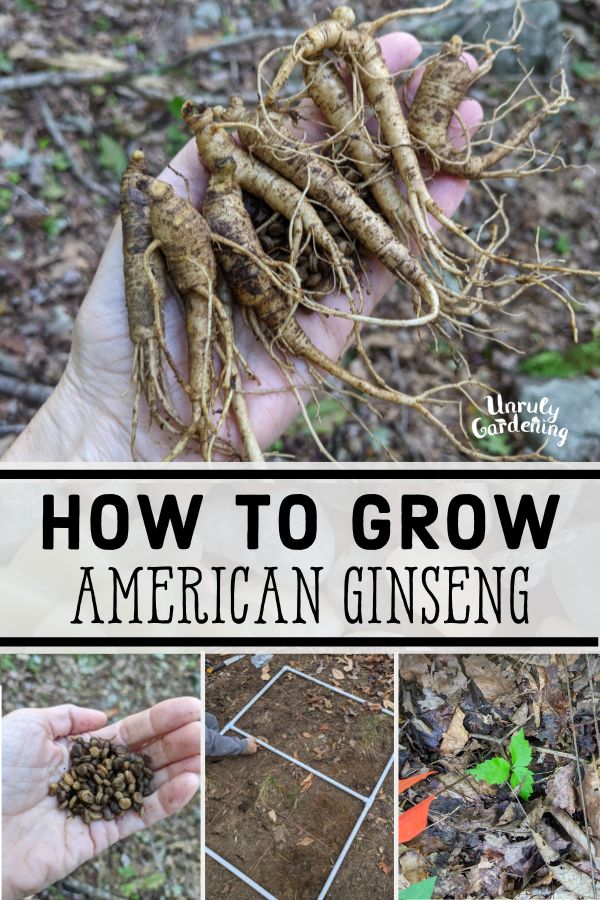
American Ginseng (Panax quinquefolius) is a valuable native plant that’s been used in herbal medicine throughout history. Because of its monetary value (mature roots sell for hundreds of dollars per pound), and how slowly it grows, ginseng has been overharvested to the point of endangerment in many places.
Fortunately, ginseng seeds (and rootlets) are readily available for the home grower to purchase. Using the “wild simulated” forest farming method, you can help restore ginseng populations to its native areas and ease the burden of demand on this wonderful plant!

Where to Find Ginseng Seeds or Rootlets
Freshly harvested, or “green”, ginseng seeds require two winters before they’ll germinate.
Seeds that you buy online have already been safely stored through one winter chill period, so all you have to do is plant them in a good spot in fall, let them go through the cold of winter in the ground (or a nursery container), then the next year you’ll see baby ginseng start popping up!
We’ve purchased ginseng seeds and rootlets from: Strictly Medicinal, Southern Exposure, and Harding’s Ginseng over the years – all with excellent germination rates. There are more reputable vendors online – so definitely search around and check reviews for more options!

When to Plant
Seeds and rootlets are planted in the fall, usually between mid September to late October. Depending on where you live though, you can stretch those dates a little later, a couple weeks into November – just aim to get them planted before the ground freezes.
One tip is to watch the maple trees where you live – when their leaves start falling to the ground, that’s a good time to plant ginseng. Fallen maple leaves are also an ideal mulch for your planting spots.

Choosing a Planting Location
While you can experiment with various locations around your land, ginseng likes a pretty specific set of conditions to grow at its best. It’s native to Eastern North America, but is successfully grown outside of those boundaries.
Winter Cold Requirement
Ginseng requires cold winter temperatures and chill time – at least 100 days of soil temps at or under 50 degrees F (10C), so if you live in a climate with mild winters such as southern California, parts of Florida, Texas, Arizona, etc., growing ginseng may not be feasible.
North or East Facing Slope
An ideal spot to grow ginseng is sloped, in a mixed hardwood forest, and faces the north, northeast, or eastward direction. Use a compass, or compass app on your phone, when you’re scouting out potential planting spots. A slope helps with drainage, and is also a factor to consider with sun exposure/shade.
Shade
Ginseng naturally grows in shaded woodland areas with filtered sunlight – at least 75% to 85% shade, mainly provided by deciduous hardwood trees.
Avoid constantly bright and sunny patches in the forest, which can be found in open spots caused by fallen trees. If there’s a massive amount of stilt grass and invasive vegetation growing on the spot you are considering, it’s likely too sunny for ginseng. Some morning sun is okay, but avoid direct sunlight.

Companion Plants & Trees
Ginseng grows best in the well-drained humus-rich soil of the forest. Avoid water logged or heavy clay soils. When choosing a location, look for plants and trees that ginseng naturally favors growing nearby.
Trees to look for include:
- maple trees – (leaves contain calcium, break down easily, ideal leaf cover for ginseng)
- tulip poplar trees
- black walnut trees
- other soft hardwoods such as cherry, birch, beech

Companion plants include:
- spice bush (Lindera benzoin)
- maidenhair fern (Adiantum pedatum)
- black cohosh (Actaea racemosa)
- bloodroot (Sanguinaria canadensis)
- goldenseal (Hydrastis canadensis)
- Solomon’s seal (Polygonatum biflorum)
- false Solomon’s seal (Smilacina racemosa)
An area with a lot of oak trees isn’t the best spot – the leaves are high in tannic acid and they tend to get compacted on the ground, making it harder for seedlings to emerge. We also avoid planting in acidic areas such as pine groves or hillsides covered in wild rhododendron and mountain laurel.
Preparing the Planting Spot
Once you have a perfect spot to plant, rake the top layer of leaves away. Remove any little shrubby sprouts, grass clumps, or baby tree seedlings that could interfere with the growth of your ginseng.
If you have rocky soil, try to get most of the rocks out of the way. The soil doesn’t have to be perfectly smooth though. Remember, we’re trying to simulate how nature would plant ginseng and aren’t trying to go for cultivated rows.

There will be differences of methodology between various ginseng growers, but in general, here’s how to plant ginseng seeds and rootlets.
Planting Ginseng Seeds
There’s a pretty high rate of attrition with wild ginseng, so don’t expect that all of your seeds will sprout and survive.
Plant around 4 or 5 seeds for every square foot area. Within a few years, the hope is that one of every five seeds will have survived the elements, diseases, and forest critters and will turn into a maturing plant.
Scratch up the soil in your prepared spot and then broadcast the seeds over the loosened dirt. You may find it helpful to use a square foot planting tool, like the one shown below – we made it with some PVC pipe and twine.

To make sure that the seeds have good contact with the dirt, walk over the seeds you just broadcast. This will press them into the ground, without covering them too deeply.
Rake the leaves back over the bed – you want at least 2 inches of leaf litter as mulch. Remember that oak leaves aren’t ideal as a mulch, but fallen maple, tulip poplar, birch, and beech leaves are great for mulching with.
And – now you’re done! Now nature will take over and cover the area with more leaves as autumn moves along, and will provide the second winter chill needed for the seed to finally germinate.
Be sure to mark your area so you can find it again! We mark planting places using the OnX Hunting App, and also physically mark with stakes, or surveyor’s flags from our local feed store.

Planting Ginseng Roots
For the rootlets, you’ll prepare the soil as directed above for seeds, but you’ll then need to dig a little deeper. Use a hoe or hand tool to dig a small trench, about 3 inches deep.
Lay the rootlet on its side, but with the end growth bud pointing or tipping upwards. Fill the dirt back in, and make sure the growth bud is covered with soil by about 1/2 to 1 inch. Cover the planting spot with a couple inches of leaf mulch (maple is ideal, tulip poplar, cherry, beech, birch also work well).
Plant ginseng rootlets 10 to 12 inches apart. If possible, plant the day before a rain, if not, bring a small container of water with you to water them after planting.

Growing Tip: Ginseng + Goldenseal Make Good Neighbors
A good companion herb for ginseng is goldenseal, since its antimicrobial nature is helpful against the diseases that can plague ginseng.
If possible, try scattering some goldenseal roots among your ginseng plantings. In their natural habitat, they make good neighbors, and the same is true in your cultivated plot!

Identifying Baby Ginseng Plants
When your new little baby ginseng plants pop up the first year, they won’t have five leaves and you might not even realize they’re actually ginseng!
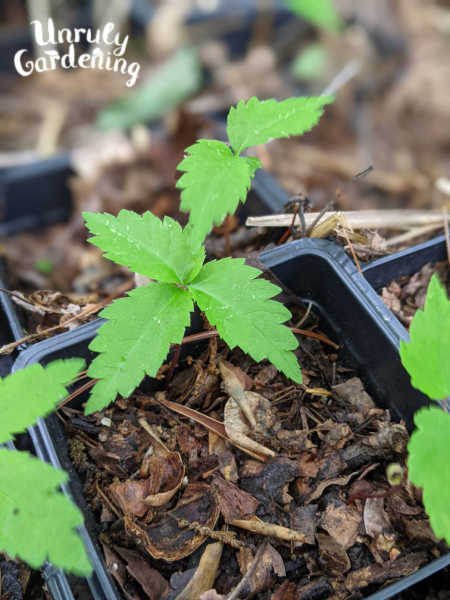
They more resemble something like wild strawberry at this point, but be assured that if you’ve marked your planting spots well, they should come up true to seed.
In the fall, your ginseng leaves will start turning yellow and fall off the plant. Don’t worry – this is normal! They’ll come back the next year.

Upkeep
If you’ve planted rootlets that are three or four+ years old, then you should see the classic and recognizable 5 leaves of ginseng. After a few years of growth, your ginseng plants will start producing red berries, from which you can harvest more seeds.
Keep an eye on your ginseng patches, watching out for damage done by voles, deer, mice, and even humans. A game cam will help you identify the culprit if plants start disappearing.
Occasionally weed out encroaching plants as needed. You don’t need to fertilize ginseng, and as long as you allowed plenty of space between plants, and avoided monocropping any one area, you shouldn’t need to treat for diseases.
Ginseng Harvesting: Roots are ready for harvest around 7 years or older. Even after maturity, if possible, leave some of your plants to grow for several years longer to increase their eventual value, and to act as a seed source.

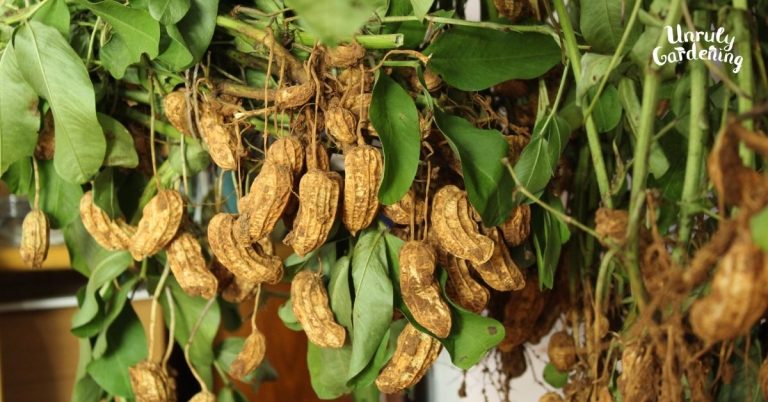
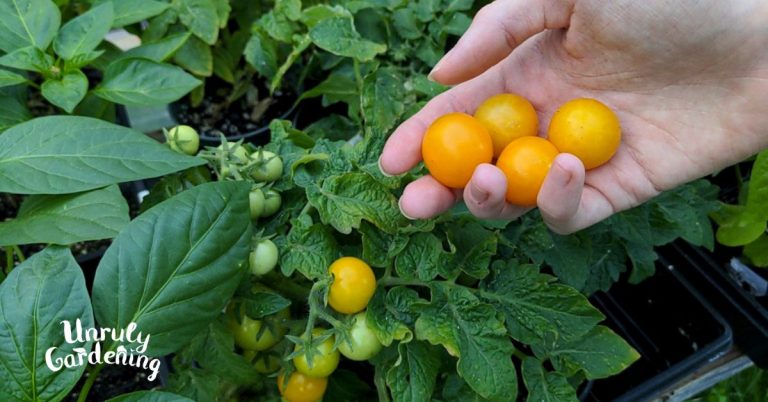
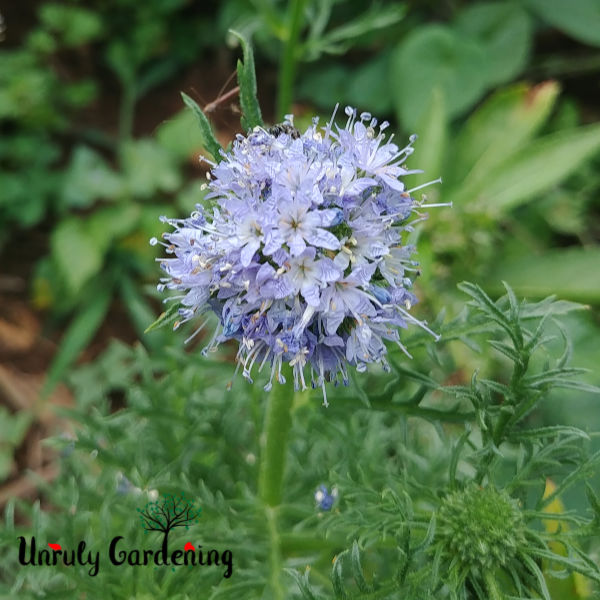
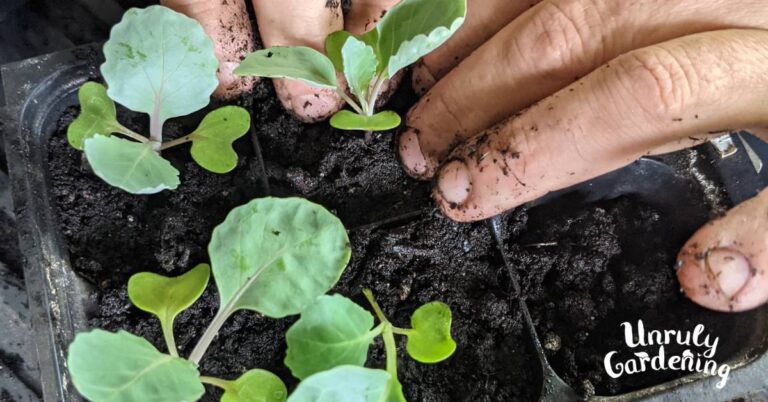
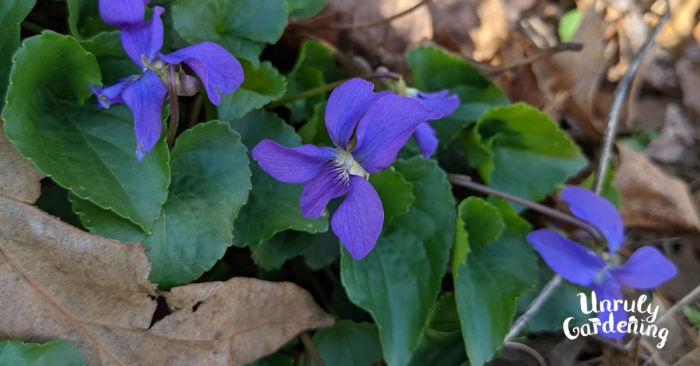
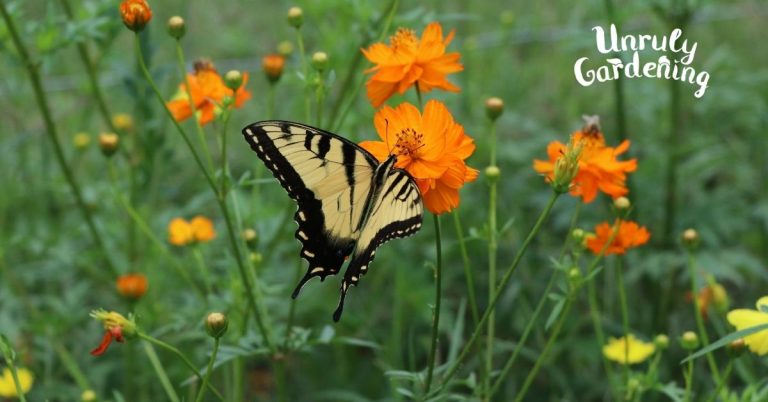
i have enjoyed your article,i have recently gotten into foraging and looking forward to learning new things.
Hi Harold, I’m so happy to hear that you enjoyed the article. Happy foraging!